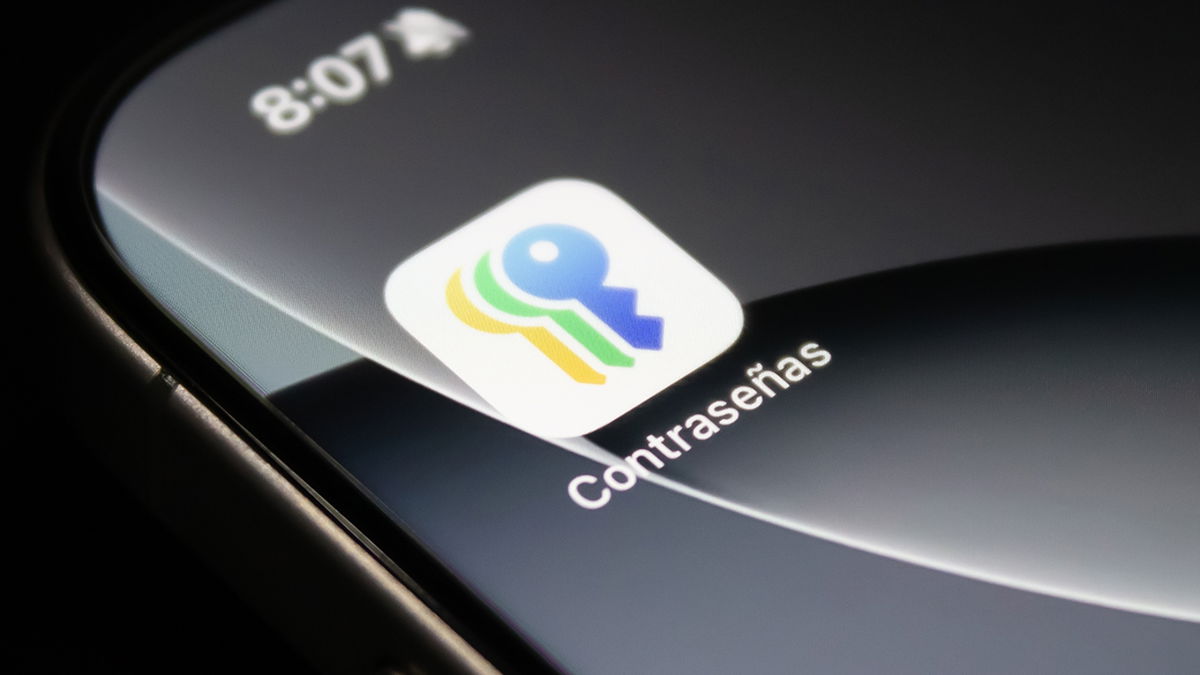In WhatsApp it is possible to delete messages for everyone, which disappear from the cell phones of the sender and those who received them. When this happens, in WhatsApp you will see the text This message has been deleted and the notification also disappears. Are you curious to know know what the deleted WhatsApp message says?
We tell you how to read deleted WhatsApp messages that someone sent you and deleted later. To do this we will use two methods: without installing anything and with a specific application.
Recover deleted messages from notifications
You’ve probably already read messages from notifications, to avoid them being marked as read. When someone deletes a message for everyone, the notification also disappearsbut you can still recover its text, in some cases, thanks to them.
The thing is, Android has a notification history, where a record of all notifications that have reached the mobile is saved. The problem is that this history may or may not be active, and sometimes the Android layer does not include notification history.


If your mobile has a notification history, you will find it in the section Notifications parameters. It can be difficult to find, so we recommend using the search box at the top of the settings. In h istory, you will be able to see the latest notifications, but if the message was deleted a long time ago, then you will have to scroll down until you find the deleted message. A good tip is check the time of the deleted message
If you don’t have a notification history, you can log similar apps like Notification History, Notif Log or Notification Log, but if you’re only interested in recovering missed messages, you’ll see a lot more than you use WAMR, the app you see Next. Keep in mind that neither WAMR nor the apps you install to view notification history will help you recover deleted messages before installing them: They do not work retroactively.
Recover deleted messages with WAMR
Undoubtedly, the best way to recover deleted messages is to a specialized application, and among them WAMR is one of the best. It is a free application with which you can recover deleted messages not only from WhatsApp, but also from other applications such as Messenger, Instagram or Telegram.
So it’s no surprise that one of the first steps after installing WAMR is choose the apps you want to monitor, where you need to check the WhatsApp box. WAMR bases message retrieval on notifications, which isn’t perfect but works very well in many cases.


Then comes the time to grant the application the necessary permissions, of which there are two. The first and most important of these is give you access to notifications. This is required because the app reads notifications to check when someone has deleted a message while chatting with you.
The second permission that you must grant is access to multimedia content, with which the application can carry out recover deleted photos that someone sent to you and later deleted. The app achieves this by monitoring the WhatsApp folder for files that suddenly disappear.


With everything set up, all that’s left to do is wait for someone to delete a message in a chat in which you are present. When this happens, and as long as there is a notification (i.e. it won’t do any good if the chat was open at the time), the application will save the deleted message and you can see it in WAMR, in the first tab.
An advantage of WAMR over conversation history is that in this application messages are deleted. They are displayed classified by conversationssomething that will make your life easier if you are in many chats and groups, with many deleted messages.


The great advantage of using WAMR is that it also recovers deleted photos
However, the best feature of WAMR is recover deleted photos. When the app detects that someone has deleted a photo after sending it, it will notify you with a notification and you will be able to see the photo in the corresponding tab in WAMR. This is something that is not possible if you use Android notification history.
WAMR – Recover Deleted Messages, Download Status
In Xataka Android | WhatsApp deletes messages, but your phone insists on saving them. And there are two ways to read them









